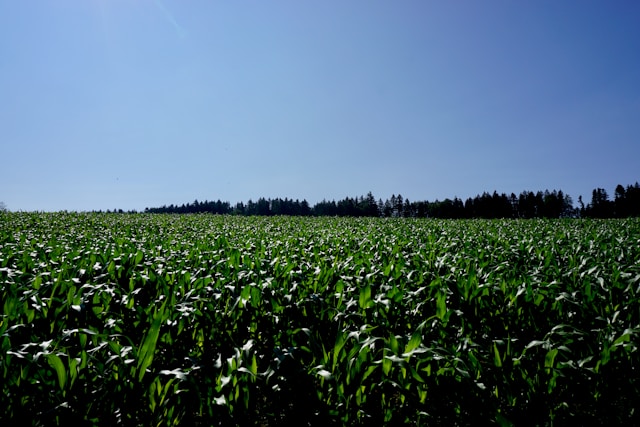In an age marked by increasing global instability, Ontario faces a pressing need to safeguard its food supply. The proposal for an Ontario foodbelt, championed by MPPs Mike Schreiner and Bobbi Ann Brady, represents a crucial step towards protecting the province’s agricultural sector and ensuring food security for future generations. This initiative, reminiscent of past efforts in Markham, seeks to create a protected zone specifically for farmland, addressing the alarming rate at which Ontario’s agricultural land is being lost.
The proposed Ontario foodbelt aims to shield vital agricultural land from encroaching development, a concern highlighted by the Ontario Federation of Agriculture’s report of losing 319 acres of farmland daily. This loss not only threatens the province’s capacity to produce its own food but also undermines the economic viability of farming communities. The foodbelt seeks to counteract this trend by establishing a protected area where agricultural activities can thrive, free from the pressures of urban expansion.
A key argument in favor of the foodbelt is its potential to “tariff-proof” Ontario’s agriculture. In a world where trade relations can shift rapidly, creating a secure, local food supply becomes increasingly important. By ensuring that Ontario has the capacity to grow its own food, the province can reduce its reliance on external markets and mitigate the impact of potential trade disruptions. However, some experts like Mike Von Massow caution against overstating the foodbelt’s ability to completely insulate the agricultural sector from tariffs, emphasizing the need for targeted strategies to address specific trade issues.
While the concept of a foodbelt has garnered support from agricultural groups like the Ontario Federation of Agriculture and the National Farmers Union for Ontario, it also faces challenges. The tension between land preservation and development is a constant consideration, as highlighted by Von Massow. Finding a balance that allows for necessary development while safeguarding prime agricultural land requires careful planning and clear criteria for prioritizing land use. The experience of past attempts to establish a foodbelt, such as the one proposed in Markham in 2009, underscores the importance of public consultation and political will in overcoming these challenges.
Ultimately, the Ontario foodbelt proposal reflects a growing recognition of the critical role that local food production plays in ensuring economic stability and community well-being. By taking proactive steps to protect farmland and support farmers, Ontario can safeguard its food future and build a more resilient agricultural sector. The time to act is now, to ensure that the province is prepared for the challenges and opportunities that lie ahead.
References:
2 MPPs have proposed an Ontario foodbelt. Could it help tariff-proof the ag sector?

